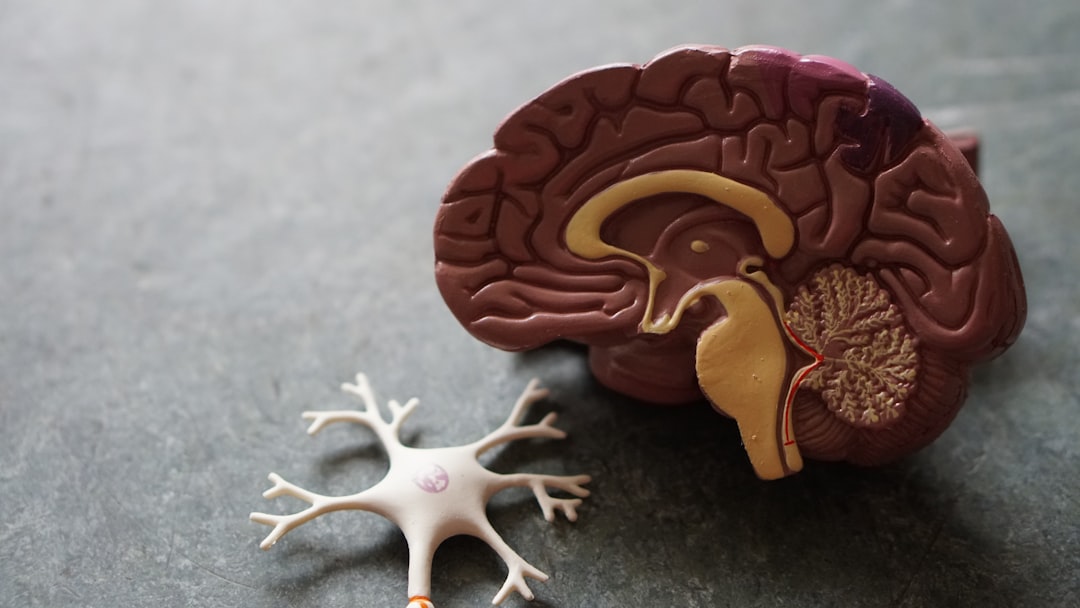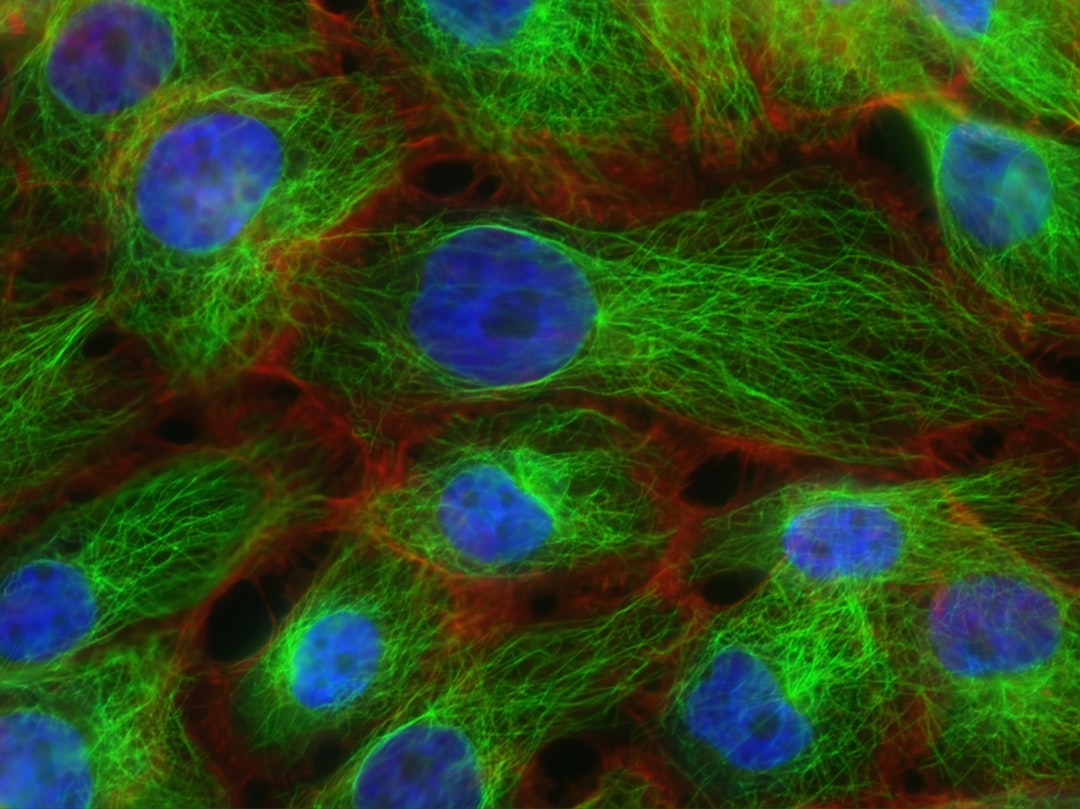What is it about?
Pancreatic cancer is one of the most lethal cancers, with a 5-year survival rate of less than 5%. Currently, tumours are graded using a three-tiered pathological system ranging from well, moderate to poor. However, the vast majority of tumours are classified as moderate, which gives little clinical information to physicians about how best to treat these patients. We propose a revised classification system that stratifies tumours into two groups, based on the presence </> 40% of aberrant, destructive patterns. These two groups correlate with known molecular subtypes, classical (<40%) and basal (>40%), respectively, which are associated with clinical outcome.
Featured Image

Photo by Kevin Niu on Unsplash
Why is it important?
Matching tumour tissue patterns to their molecular make-up has yielded a new way to group pancreatic tumours, which will help clinicians better tailor treatments to patients, with the aim of improving survival. Molecular profiling, while making significant advancements to cancer therapy, is both expensive and requires specialized equipment. Now with this new, easily applicable pathology classification, which is able to provide similar information using standard pathology stains with a rapid turnaround time.
Perspectives
Our work reiterates the strength of pathology and the ability to provide vital, meaningful prognostic information by looking at a standard haematoxylin and eosin (H&E) stained slide, which is the bread and butter of a pathologist. As such, our revised classification is readily accessible and cost effective, as it can applied by most pathologists across the world.In the future, AI deep learning algorithms can be developed to further reduce turn-around times and increase accuracy from the identified patterns to help pathologists accurately quantify large amounts of data and stratify patients so they can benefit from different therapies.
Sangeetha N Kalimuthu
University of Toronto
Read the Original
This page is a summary of: Morphological classification of pancreatic ductal adenocarcinoma that predicts molecular subtypes and correlates with clinical outcome, Gut, June 2019, BMJ,
DOI: 10.1136/gutjnl-2019-318217.
You can read the full text:
Contributors
The following have contributed to this page










